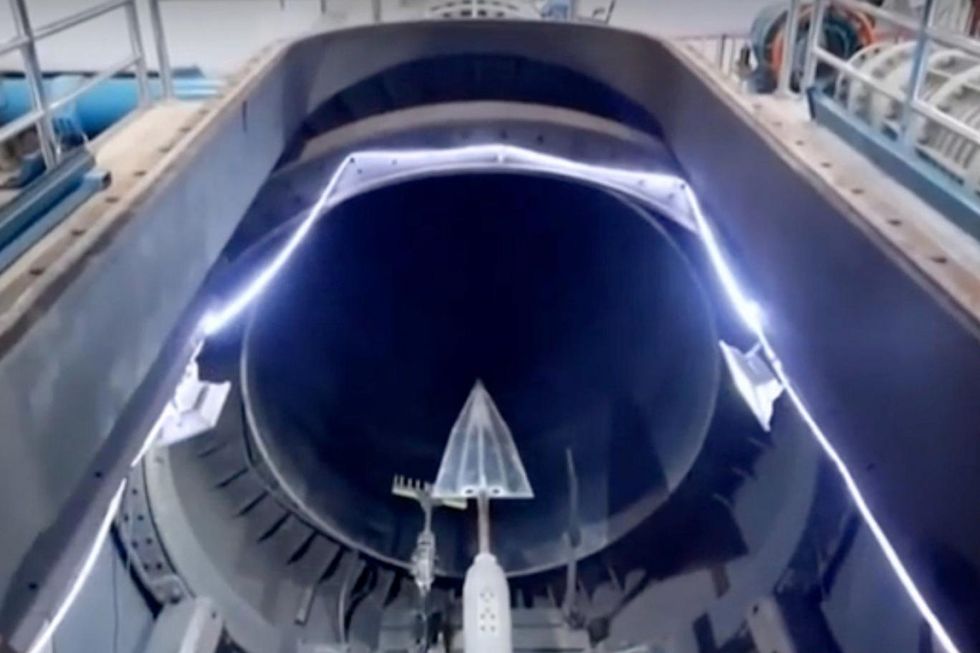The Chinese Are Testing a “Sodramjet” Engine and it Looks Good

A team of scientists at the Chinese Academy of Sciences in Beijing are testing a “sodramjet” engine in a wind tunnel, and their creation has reached Mach 16 speeds. That is multiple times the speed of sound, which is absolutely impossible using conventional jet engines. That’s enough speed to get a plane anywhere on the planet in less than two hours, so it could bring a revolution, but we’re still many years away from seeing this used in commercial aircraft.
Sodramjet stands for “standing oblique detonation ramjet engine”, and can be considered to be the evolution of the ramjet engine, which can reach up to Mach 6. The new element in it is that it can take advantage of the sonic boom created by the engine itself, riding a “cause and effect” wave that creates a closed feedback loop, pushing it further and further.
The Chinese have actually continued to develop sodramjet designs where others stopped, discouraged by several limitations and the atrocious fuel consumption. The Chinese team designed something a lot smaller and lighter than their American counterparts, and used the sonic boom to stabilize the combustion of hydrogen during hypersonic flight by actually feeding it.
Earlier designs would have the engine go out when the sonic boom happened, so the pilots would need to restart the engine. Essentially, the Chinese turned the enemy into a friend, which fundamentally changes the potential of scramjets.
Speaking of potential, the Mach 16 was not the maximum attainable speed in theory, but the top figure that the wind tunnel could support. At this time, there are no wind tunnels in the world supporting anything above that, as to this day, there was no reason to think of a testing need reaching that level.
If things work out well during the next phases of the engine development, we’ll get vertically take-off planes and spaceships, and hypersonic flight speeds from one side of the Earth to the other. For now, all of this is just a “very experimental” phase, lying many years afar even if everything moves forward as smoothly as possible.

 Tech Steel & Materials
Tech Steel & Materials